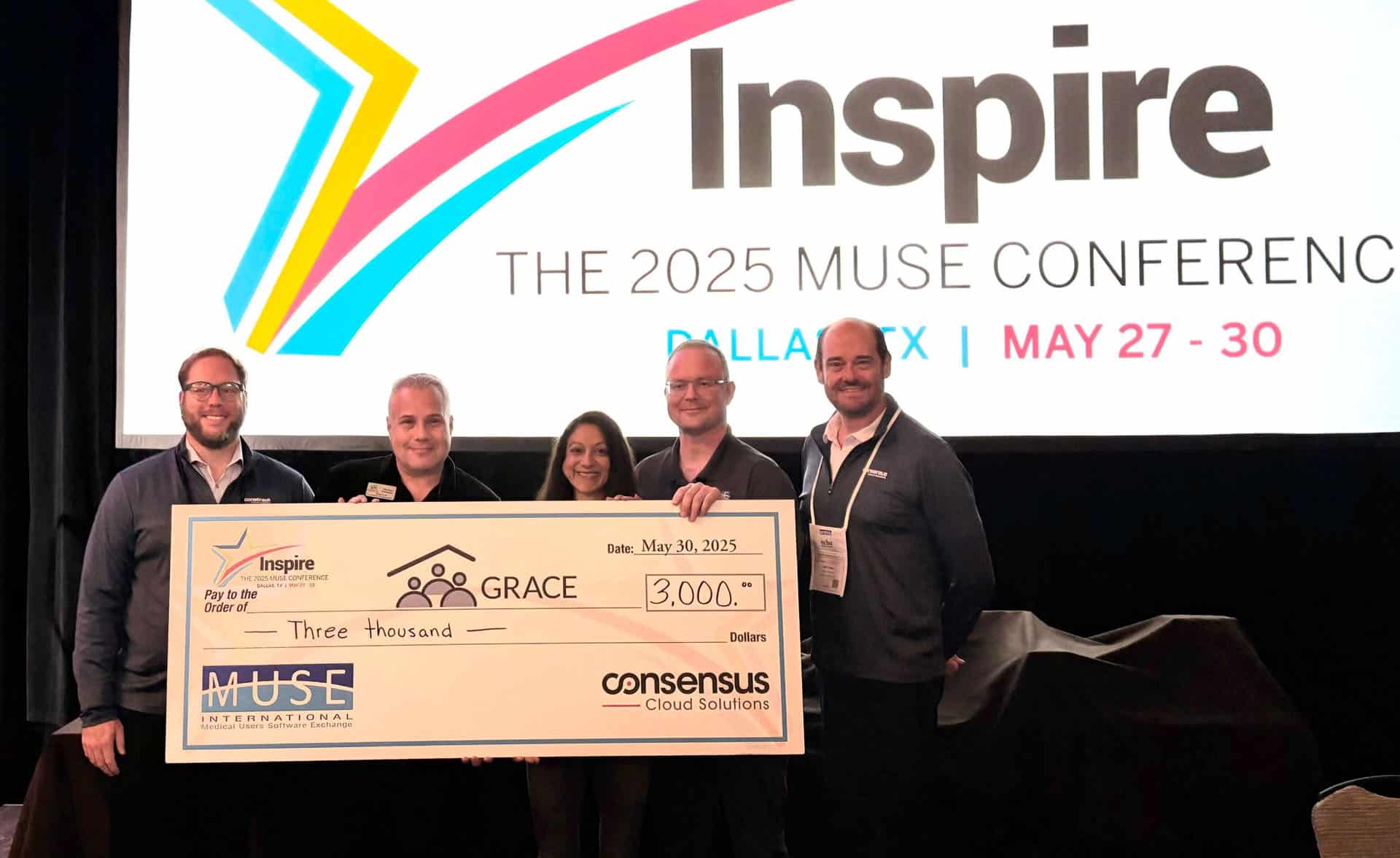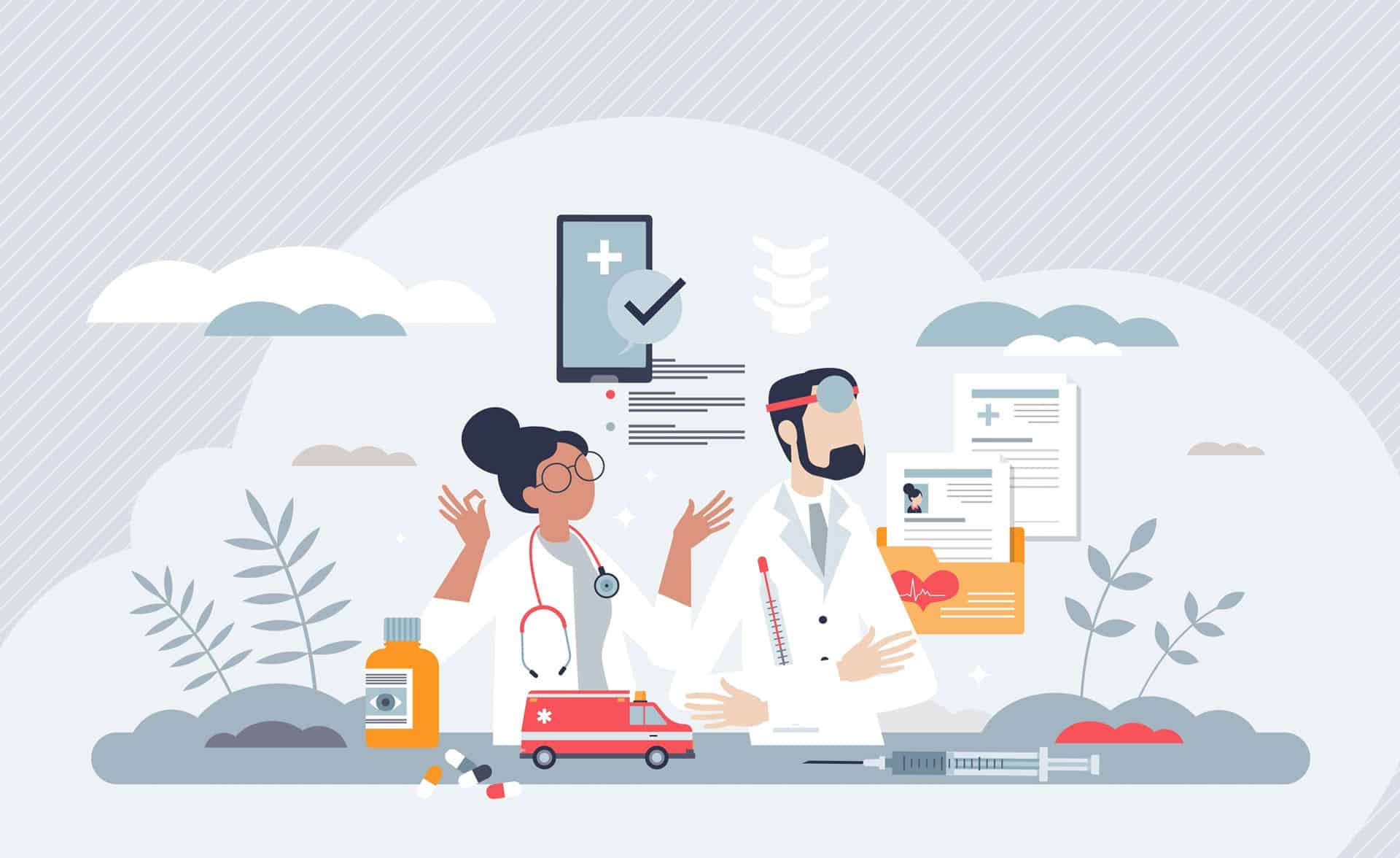
Nine out of 10 physicians say prior authorization negatively impacts patients’ clinical outcomes, according to an American Medical Association (AMA) survey. As the volume of prior authorization requests rises, physicians and patient advocates say the problem is only getting worse. In fact, a New York Times opinion piece describes prior authorization as “medical injustice disguised as paperwork.”
“These resources could be devoted to patient care; answering phones in a timely fashion,” one gastroenterologist told The New York Times. “I might actually get to go home and see my family on a regular basis.”
Given Consensus’ focus on improving the prior auth problem, I read a recent Politico interview with Epic’s director of research and development with great interest. Notably, Derek De Young stated that he’s “very, very bullish” on artificial intelligence (AI) in healthcare, although he believed it could be a while before AI could be used for prior auth.
Yet I would counter that prior authorization is an issue that AI is primed to solve right now.
In De Young’s view, lack of a national directory for hospitals and health plans to communicate is holding up efforts to transform prior auth with AI. In his view, the challenge is connectivity. That’s true—and that’s why providers are relying on technologies they know, like fax, and applying AI to fax as a “FHIR wrapper” to bridge provider-to-provider and provider-to-payer communication gaps.
It’s an approach that provides a modern entrypoint for achieving the connectivity needed for prior auth regardless of where such requests originate. It also levels the prior auth playing field for organizations with less advanced tech resources.
Making the Connection for Improved Prior Auth
The way we should be thinking about AI for prior authorization is not as a “Dr. Chat GPT”— assisting health plans with making clinical decisions regarding authorization of care—but as a facilitator for delivering the right information, faster, to health plans.
At Consensus, we believe AI in the form of natural language processing (NLP) and machine learning (ML) offers a pragmatic solution for automated information capture and exchange to support prior authorization. It’s a solution that can be deployed using the technology healthcare organizations rely on most: digital fax.
Consider, for example, Clarity, which uses NLP and ML to extract unstructured data from faxed PDFs and even handwritten text and applies it to structured data fields in a prior authorization workflow. At a time when seven out of 10 prior authorization requests are submitted with unstructured data, solutions like Consensus Clarity can assist health plans and providers in leveraging AI to:
- Accelerate prior authorization decisions by extracting unstructured data from digital faxes and providing a structured data set for faster processing.
- Make it easy for health plans to process these requests by automatically providing the data points that are used by prior auth workflow tools and engines. That’s why health plans want healthcare providers to make the move to electronic prior authorizations: because they are structured and feed their tools.
- Speed communication to providers once a decision has been made, getting the decision back to where it matters: the patient’s clinical team. For instance, with AI, status information and the prior authorization decision can be applied to the structured data field in the EHR to close the loop for clinical teams and those they serve.
- Increase agility in appealing prior authorization decisions, as this New York Times article indicates physician practices have begun to do.
Ultimately, technologies like this could help us achieve the desired state: “Submit any kind of document in a compliant way, and AI will take care of the rest.”
Moreover, it’s a pragmatic approach. By applying NLP and machine learning to digital fax—a tool nearly all healthcare organizations rely on to exchange information—the healthcare industry can facilitate electronic prior authorization for organizations that don’t have an EHR, like substance use disorder clinics, some post-acute care facilities, home health agencies, birthing centers and more. In doing so, this type of model advances “tech equity” for the industry’s less resourced organizations, ultimately promoting health equity for all.
What AI shouldn’t be used for is to make automatic decisions around prior authorization based on previous decisions. This would be controversial and risky due to the potential for bias in large language models related to race, gender, age, and more.
The Time Is Now for an AI-Driven Approach
Today, three out of four physicians say struggles related to prior authorization decisions have led some of their patients to abandon treatment. We know that struggles with prior authorization disproportionately affect people from low-income backgrounds and those who face barriers to care such as lack of access to transportation for healthcare appointments, low levels of health literacy, and more. By pursuing an AI-driven approach to prior authorization that centers on intelligent data extraction and information exchange, we can establish a stronger foundation for equity in prior authorization for all.
As providers and payers look to the recent Epic User Group Conference for examples of ways to put AI innovations into play, applying AI to fax to transform prior authorization is a step that holds strong potential to transform this crucial but all-too-complex process for the better.































